Published Sep 21, 2018
Michael Minor's Major Contributions
Michael Minor's Major Contributions
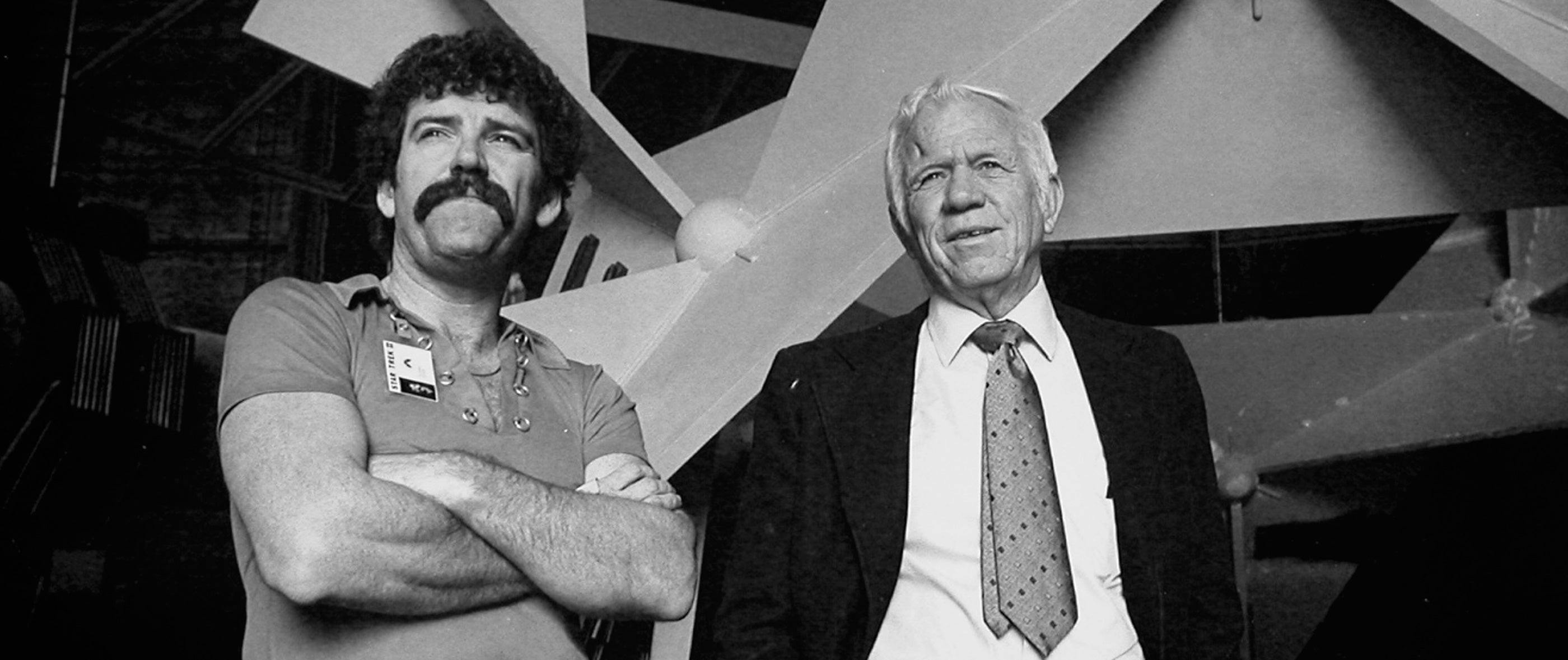
It is a challenge to qualify and quantify the variety of contributions Michael Minor made to Star Trek. Minor's sheer creative output, from the last season of Star Trek: The Original Series through the 1980s, is inspiring and impressive. Even though we lost Minor in May of 1987 at the terribly young age of 46, his work continues to inspire Star Trek artists and designers today. This article, we share a few of our favorite contributions that Minor made, which added much to the world of Trek.
In his late 20s, Minor, an artist and a fan of Trek, had a meeting with art director/production designer Walter “Matt” Jefferies and Trek creator Gene Roddenberry. Both were impressed by Minor himself and his art portfolio, and several of his items were purchased for use in the show. Among Minor's work were the planetary landscape paintings seen behind the Enterprise crew as they dine with Dr. Miranda Jones and Larry Marvick in the episode “Is There In Truth No Beauty?” and reused in Captain Kirk’s quarters for “The Tholian Web.”
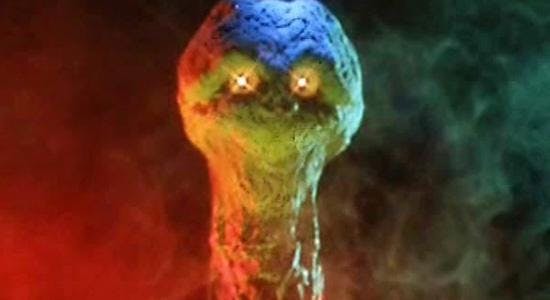
Minor’s contributions to TOS did not stop with his paintings. He also helped design and make both the Melkot alien in “Spectre of the Gun,” the aggression-feeding Beta XII-A creature from “Day of the Dove” and the Tholian Web itself. The redesigned environmental suit helmets used in “The Tholian Web” were made by Minor.
As result of his work on TOS, Minor was also asked to work on the eventually scuttled Phase II 1970s Trek TV revival and then on Star Trek: The Motion Picture. His work on TMP and then Star Trek II: The Wrath of Khan, reunited Minor with his mentor, Joseph Jennings. The duo would, individually and together, make another round of important contributions to the movies of Trek. For example, Minor’s beautiful designs for Phase II would eventually shape not only TMP, but also inspire many iconic elements of The Next Generation. This is especially seen with his design of the Phase II Enterprise engine room, which directly influenced the Enterprise D’s set.

In addition to helping with the refit Enterprise, Minor and Jennings also designed the U.S.S. Reliant. Their challenge was to create a ship that looked as if it belonged to the same fleet as the Enterprise, yet would be easy for audiences to distinguish from Kirk’s ship during the battle sequences of TWOK. Interestingly, when approving the design, producer Harve Bennett was looking at Minor’s blueprints upside down. Since the blueprints were approved upside down, the flipped design was kept for the film.
Minor’s contributions to The Wrath of Khan were not limited to his work as art director. An early version of the script titled "The Omega Syndrome," by Jack B. Sowards, involved the theft of a Federation super-weapon called the “Omega System.” It became a concern that the Federation would never create a super-weapon, and it was Minor – drawing upon his own fan experiences – who recommended that the Omega System should instead be a terraforming device. Thus, the Genesis Device was born. Bennett reportedly turned to Minor and told him that he saved Star Trek!
Included below are special, rare images from our research of the Papers of Nicholas Meyer Collection at the University of Iowa. The images show the collaborative working relationship shared by Minor and Jennings.
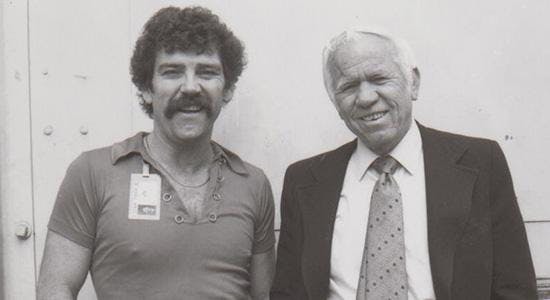
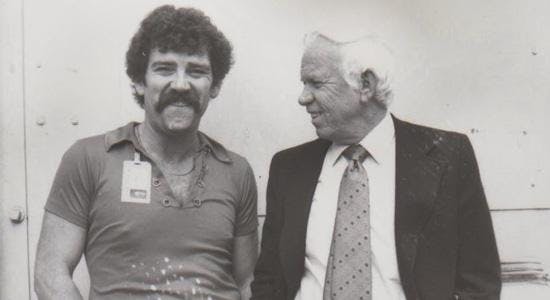
One of our favorite images shows Minor and Jennings on the Ceti Alpha V set before the sand was added, surrounded by the wood mounds built by the production team.
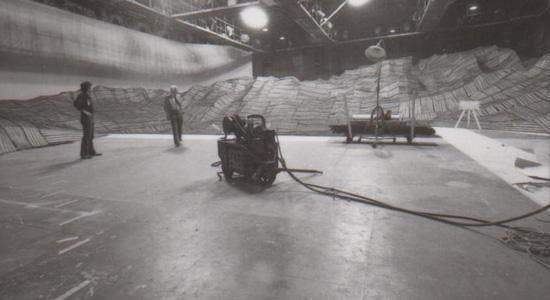
It speaks to the behind the scenes genius of artists like Minor and Jennings, whose creativity and talents crafted one of science fiction’s most-iconic films -- despite limitations of time and technology.
Mike Minor has been gone now for more than 30 years, but he left behind a legacy of artistry that endures.
Special thanks to Nicholas Meyer and the University of Iowa Libraries Special Collections.
Maria Jose and John Tenuto are both sociology professors at the College of Lake County in Grayslake, Illinois, specializing in popular culture and subculture studies. The Tenutos have conducted extensive research on Star Trek’s history, and have presented at venues such as Creation Conventions and the St. Louis Science Center. They’ve written for the official Star Trek Magazine and their extensive collection of Trek items has been featured in SFX Magazine. Their theory about the “20-Year Nostalgia Cycle” and research on Trek fans has been featured on WGN News, BBC Radio, and in the documentary The Force Among Us. Contact the Tenutos at jtenuto@clcillinois.edu or mjtenuto@clcillinois.edu.
